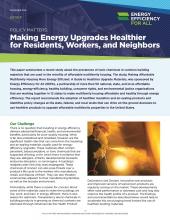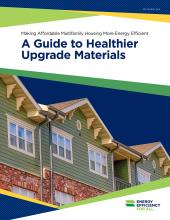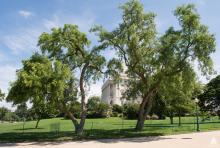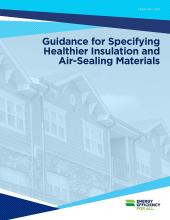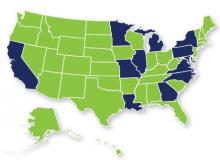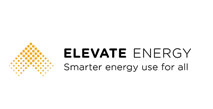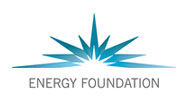There is no question that investing in energy efficiency delivers substantial financial, health, and environmental benefits, particularly for poor-quality housing.
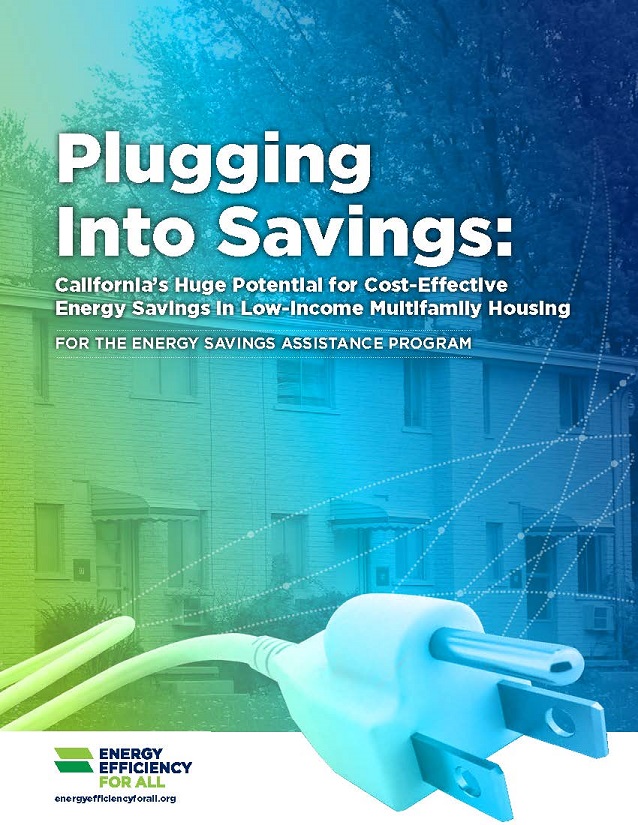
Making multifamily residential properties more energy efficient is a key strategy for reducing the disproportionate energy cost burden facing families on limited incomes. Energy cost burden is the percentage of household income spent on energy bills. A recent analysis by the American Council for an Energy-Efficient Economy and Energy Efficiency for All (EEFA) found that “the overwhelming majority of households with incomes below 80% of area median income, minority households, low-income households residing in multifamily properties, and renting households experienced higher energy burdens than the average household in the same city.” Low-income families spend an average of twice as much as other families on energy. In rural regions, low-income families spend three times as much as other families on energy.
The state of California created the Energy Savings Assistance (ESA) Program in the 1990s to address this disparity, produce cost-effective energy- efficiency savings, and improve the quality of life for low-income customers. However, the program has largely overlooked the unique needs of renters, who account for 42 percent of eligible households and whose energy expenditures run an average of 37 percent higher per square foot than their single- family counterparts.
There are many reasons that ESA-eligible customers in multifamily properties have been historically underserved. Owners and renters face misaligned incentives with respect to who pays for an efficiency measure versus who benefits from the utility bill savings. Further, more than half of California’s low- income population does not use English as their primary language, which makes those customers harder to reach by most efficiency programs.
Programmatic requirements and regulatory limitations, such as the requirement to separately provide upgrades to household units and common areas, strict rules on eligible measures, and a confusing patchwork of eligibility requirements, can make it even more difficult to deliver savings and health, comfort, and safety improvements.
Recognizing these longstanding challenges, the California Public Utilities Commission in November 2016 formally adopted new directives for the ESA program through 2020, including mandating the investor-owned utilities create a new $80 million program for common-area and whole-building measures in affordable housing with rent restrictions in the deed, and setting energy-savings targets by utility for the first time in the program’s history.
EEFA commissioned this study as a follow up to a report by The Cadmus Group and the commission’s 2016 ruling, to quantify the cost-effective savings available for more than 1.4 million ESA-eligible, low-income, multifamily households. Many of these residents live in market rate housing and are not eligible for the $80 million program authorized in November 2016. This study also pinpoints where these energy-efficiency opportunities are. For example, it quantifies how much can be saved with efficient lighting versus upgraded heating and cooling equipment, and where innovative plug load measures—devices that can help reduce electricity that is consumed when devices are not being used— are needed. The study results can be used to inform future budget setting and savings goals for the ESA program and individual utilities as well as overall program design, including measure selection and program delivery.
| Attachment | Size |
|---|---|
| 3.36 MB |

